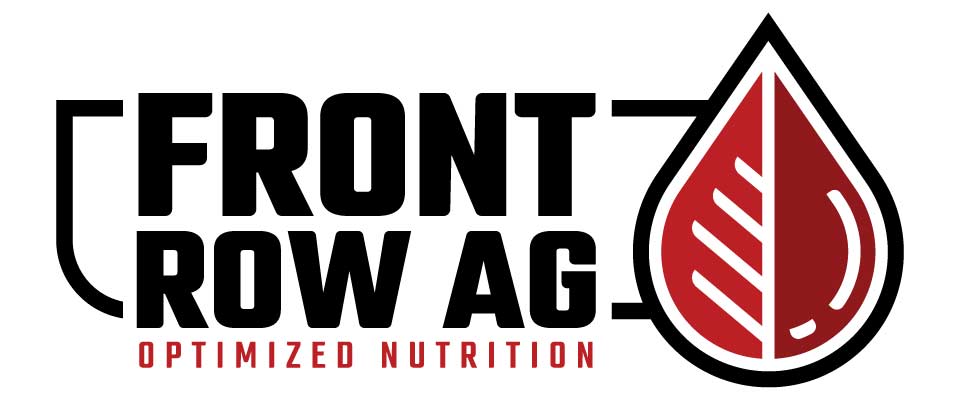Growing Carnivorous Plants Hydroponically
Carnivorous plants are fascinating and unique, making hydroponic cultivation a fun and rewarding experience. Hydroponics, a method of growing plants without soil, utilizes water and nutrient solutions. This approach offers numerous benefits, including faster growth rates, higher yields, and reduced water usage. In this blog, we will explore some carnivorous plants suitable for hydroponic growth and how to cultivate them.
Venus Flytrap (Dionaea muscipula):
One of the most renowned carnivorous plants is the Venus flytrap. This plant hails from the wetlands of the southeastern United States, featuring leaves that have evolved into deadly traps. When an insect lands on these leaves, the trap swiftly snaps shut, allowing the plant to digest the insect for essential nutrients. To grow Venus flytraps hydroponically, use a nutrient solution low in minerals, mimicking their nutrient-poor soil habitat. These plants prefer distilled water over tap water and thrive in warm, moist conditions. For hydroponic growth, a pro-pot system with a blend of coco, perlite, and sphagnum moss is ideal.
Pitcher Plant (Sarracenia spp.):
Another captivating choice for hydroponic gardening is the pitcher plant. This plant boasts distinctive leaves shaped like pitchers, filled with a digestive fluid that lures insects to their doom. Pitcher plants thrive in a hydroponic system with a nutrient solution low in minerals and rich in organic matter. They require ample sunlight and consistent moisture, so avoid letting them dry out between feedings. A recirculating deep water culture (RDWC) system works well for a bed of pitcher plants.
Sundews (Drosera spp.):
Sundews, with their sticky, hair-covered leaves, are excellent insect trappers. They prey on gnats, aphids, and thrips. Sundews, like Venus flytraps, can be grown hydroponically with a low-mineral nutrient solution, mimicking their nutrient-poor soil environment. The same setup recommended for Venus flytraps suits sundews as well.
It's important to note that most carnivorous plants require a winter dormant period, during which they appear as though they're declining. While sundews don't require this dormancy, other carnivorous plants do. The specifics of winter dormancy vary among species, so research your plant type for guidance. Skipping the dormancy period can affect your plant's overall health and effectiveness in trapping insects.
In conclusion, hydroponically growing carnivorous plants offers a unique and rewarding experience. Venus flytraps, pitcher plants, and sundews are just a glimpse into the world of carnivorous plants suitable for hydroponics. By providing the right nutrient solution and growing conditions, you can savor the beauty and intrigue of these captivating plants - and say goodbye to those pesky gnats in your grow room.































































































